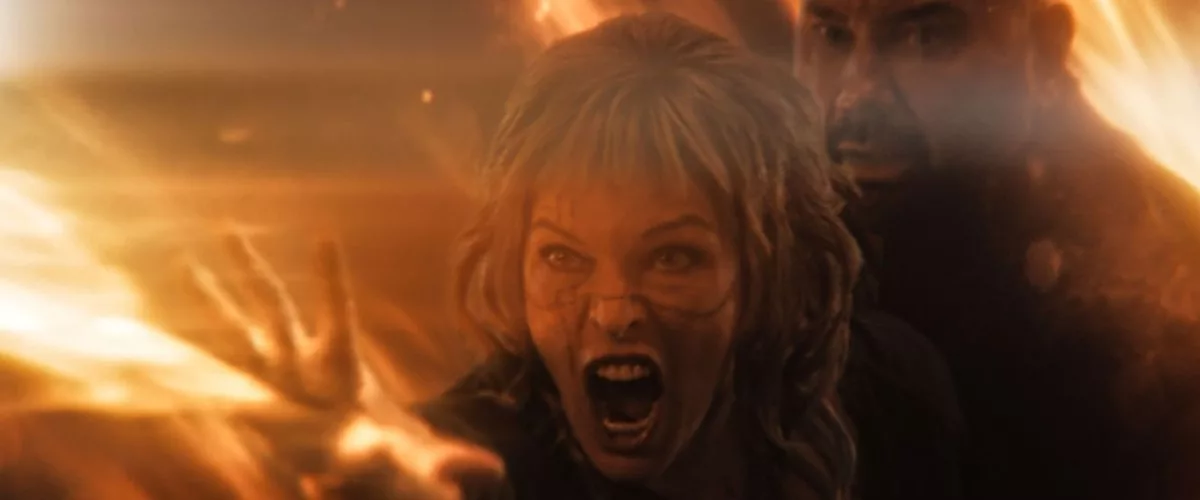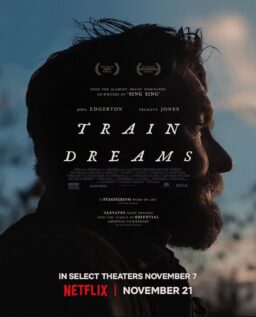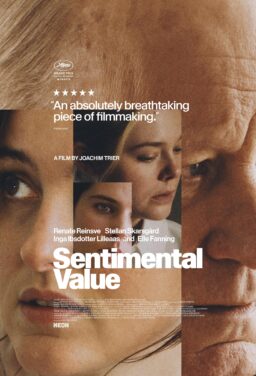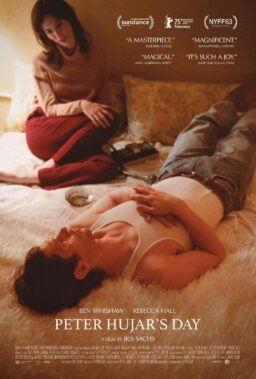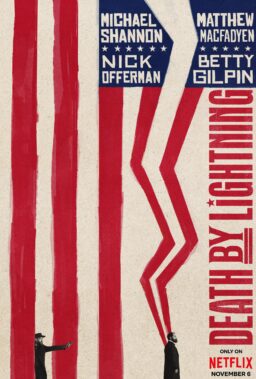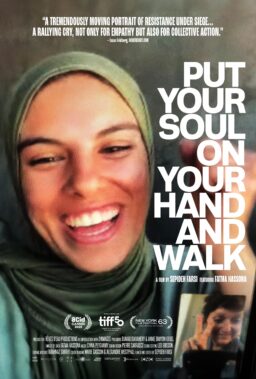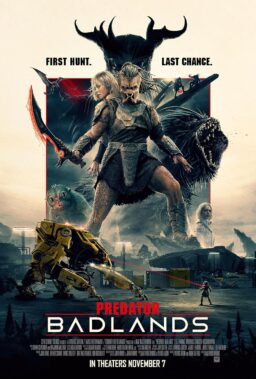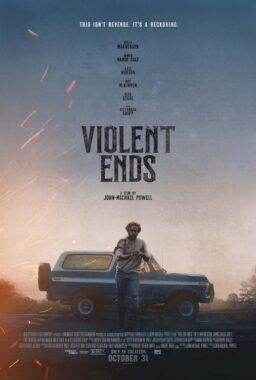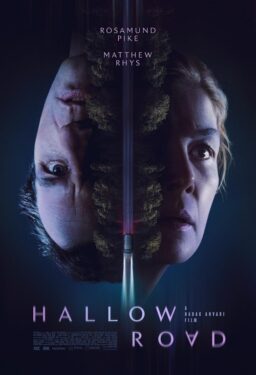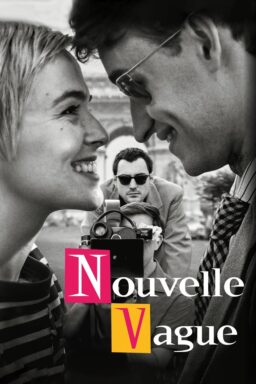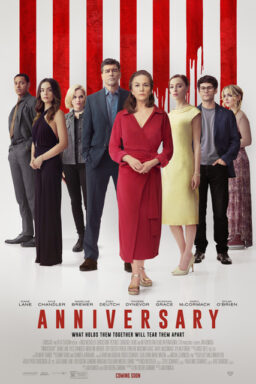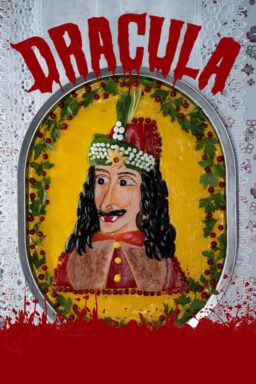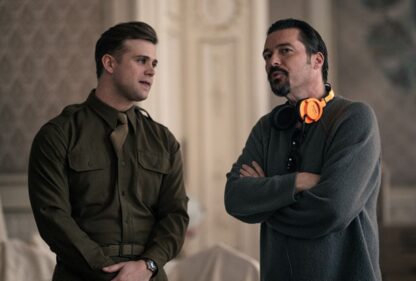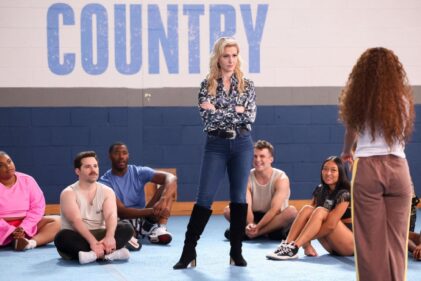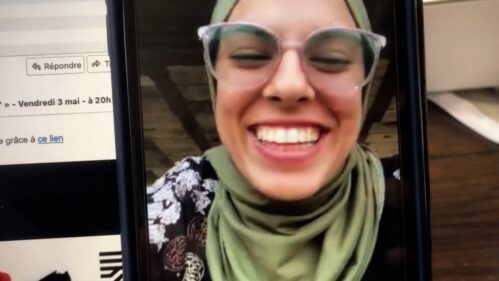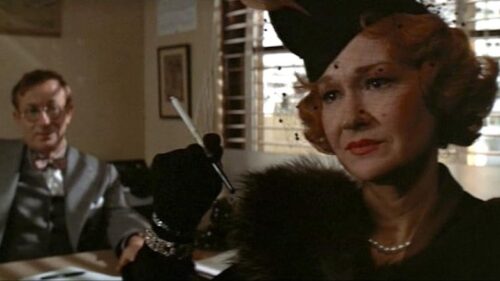Loosely adapted from George R.R. Martin’s story of the same title, Paul W.S. Anderson’s “In the Lost Lands” is a dystopian sci-fi western where free-thinking individuals survive on the fringes of a society ruled by a cult-like version of Catholicism in the time of the Crusades as royalty struggles for power in the manner of a watered-down “Game of Thrones.” Despite the mash-up of genres and themes, the overall movie comes across as a lot less complicated. Anderson treads some familiar territory when it comes to monsters and men. Ultimately, the threadbare quality of Constantin Werner’s screenplay cannot be smoothed over with gobs of CGI effects (impressive as some of these sequences look) and the star power of Milla Jovovich and Dave Bautista.
“In the Lost Lands” opens with a struggle between religious zealots and a witch named Gray Alys (Jovovich). As a heretic, she must be killed per the order’s rules, but she escapes and earns the scorn of the zealots who survived. Gray Alys then finds herself in the company of the queen (Amara Okereke), a power-hungry figure who asks for the power of a shapeshifter to unite with her secret lover, an affair she’s carrying on while the much older overlord (her king) wastes away in bed. The witch obliges and hires a hunter named Boyce (Bautista) to the Lost Lands to capture and kill a shapeshifter so that the queen may have her prize, but only if they can avoid the swarm of angry zealots hot on their trail.
There are plenty of narrative details in almost every scene, but the speed and unemotional delivery of some of these moments make them feel like expositional filler. There is both a lot going on and not enough connective tissue to fortify Werner’s screenplay through silly one-liners and the made-up jargon of this dystopian world. Anderson’s vision of the future is largely a CGI landscape that feels out of a video game like “Fallout,” barren sepia-toned wastelands, crumbling remnants of a bygone world, and plenty of enemies. However, Anderson and cinematographer Glen MacPherson do have some fun during the film’s action sequences, including slowing down the motion so Jovovich and Bautista look calm and cool while shooting and punching the evil flock trying to kill them. There are even a few inspired shots, like when the camera seems to float backward through a hanging bus about to fall hundreds of feet with Gray Alys and Boyce aboard, reminding you of Anderson’s sleek visual style. These moments liven up the film a great deal, but they’re only a handful of interesting sequences in a barrage of bland dialogue and a sea of beige wastelands.
Of the two leads, Bautista carries the film with the most emotion, and his character holds the most secrets and surprises throughout the story. He knows the kind of movie he’s making and commits to everything this playfully serious role asks of him. His character is a sympathetic loner, the kind of hunter who gets upset that his killer pet snake is chopped to pieces yet can deliver the script’s cheesy one-liners whole heartedly, like the moment Boyce turns to Gray Alys after the zealots catch up with them with his lover as a hostage, he tells her, “You came out here to find a monster. Well, you found one.” In comparison, Jovovich’s performance feels lacking. She’s playing stiff to conjure a mysterious air, but it looks flat onscreen, like a pretty woman bored at a costume party.
As an action auteur, Anderson hit his stride with the “Resident Evil” series with his frequent collaborator and wife, Jovovich, from the 1990s through to the 2010s. While his subsequent movies have been met with mixed results like “Pompeii” and “Monster Hunter,” his fans may enjoy this latest reunion with Jovovich fighting monsters yet again. Still, it might be difficult for other audiences to get onboard with a murderous cult that uses sunglasses to protect against a witch’s spells. In a lost land populated by skeletal demons, shapeshifters, and killer priests, surviving is never boring, but it may be unsatisfying.

